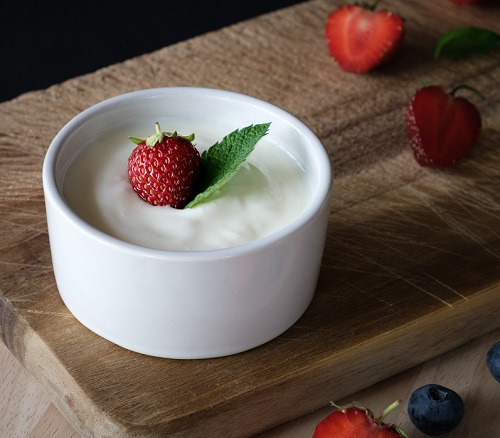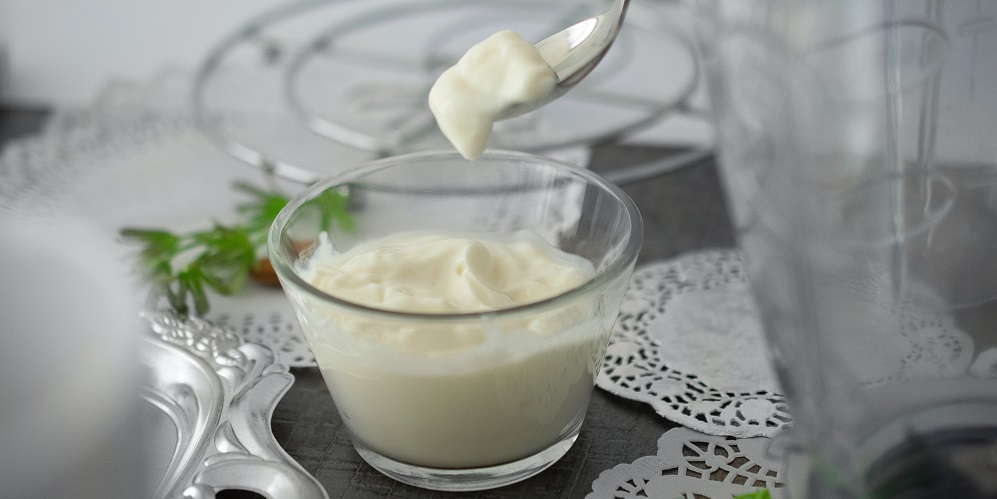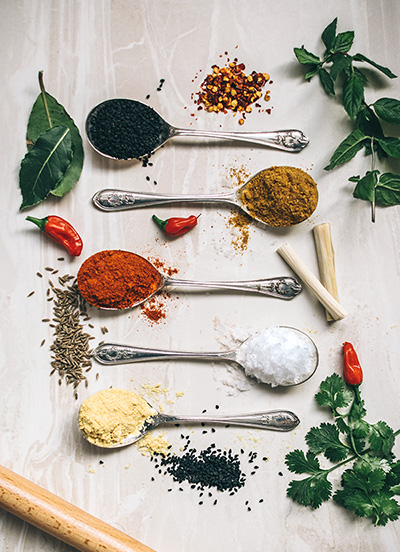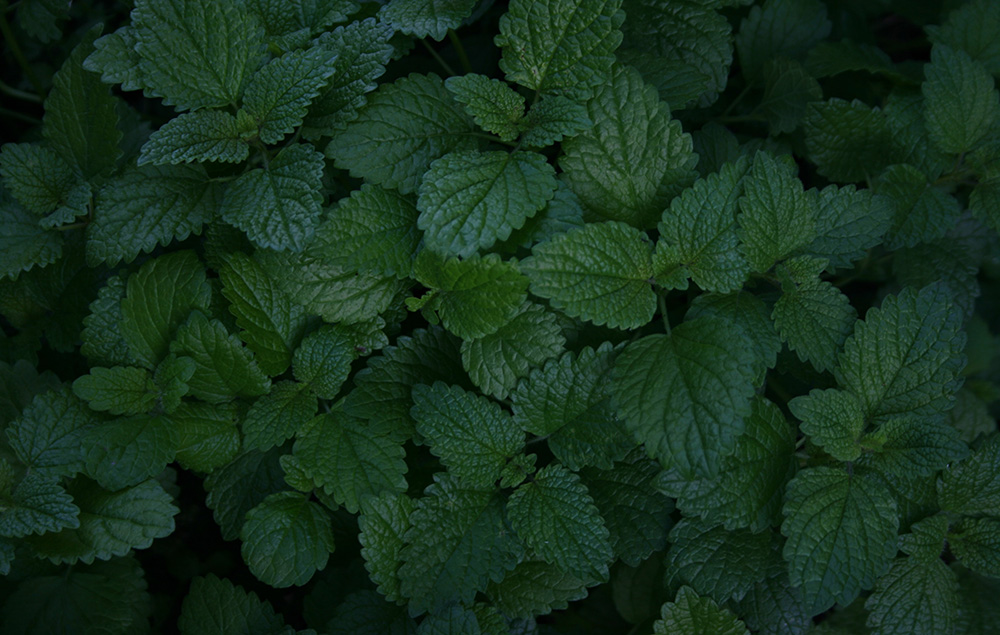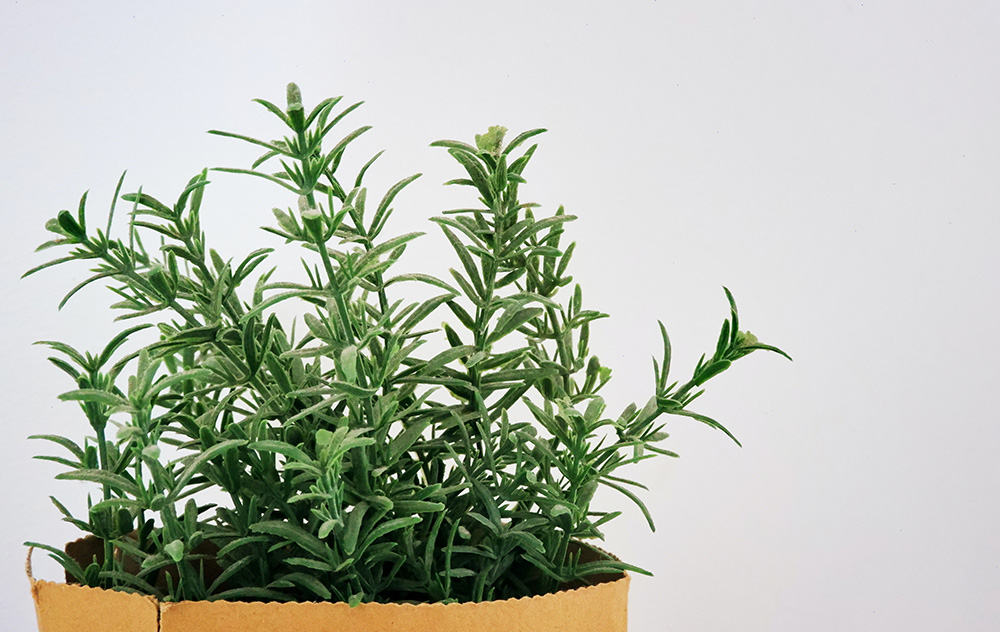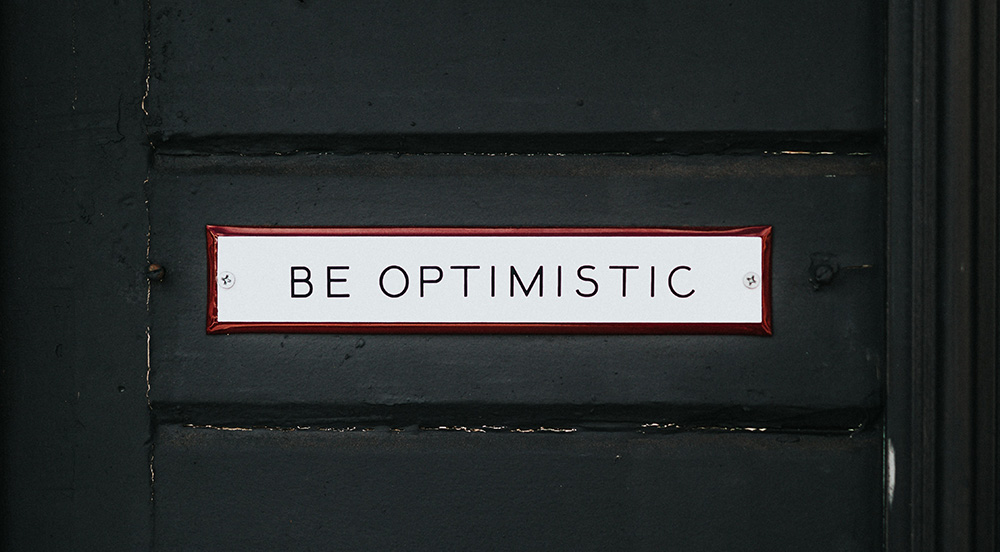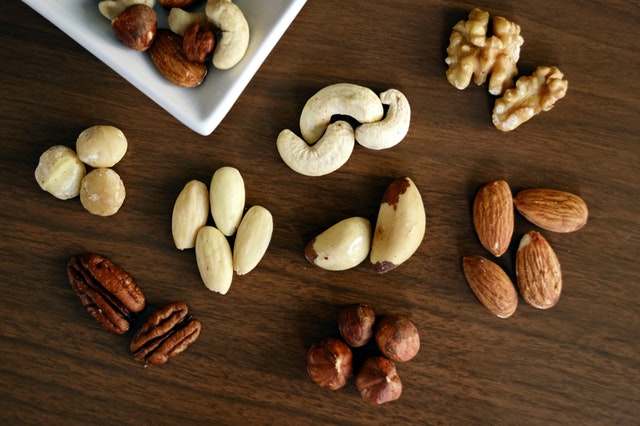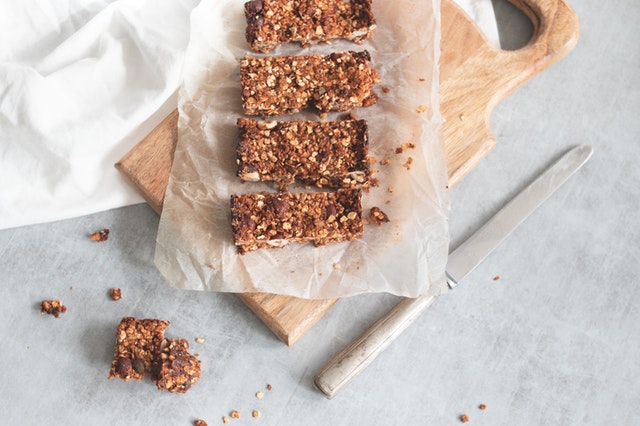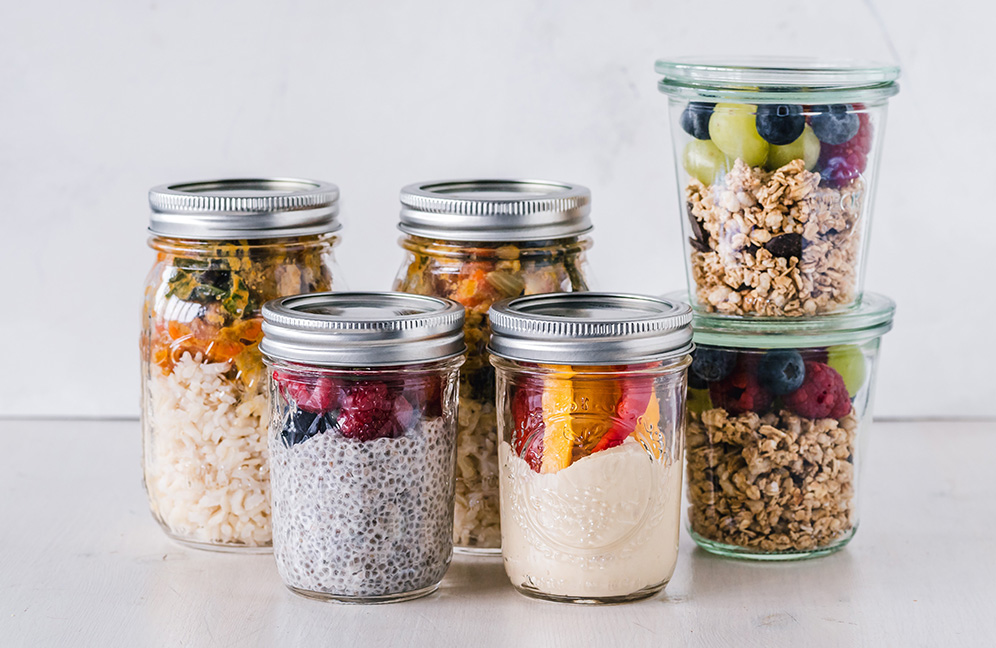A popular holistic therapy, cupping has been around for thousands of years. As a traditional Chinese therapy, cupping uses cups strategically placed on the body to pull the tissues, muscle, and skin outward, relieving tension. Many professional athletes and famous personalities have pushed the practice into the public domain after showing up to events with alien-like suction marks on their backs and necks, sparking debate about the practice's efficacy.
Massage Versus Cupping
Traditionally, athletes used massage to relax muscles, relieve pain, and improve performance, but acupuncturists — those who typically perform cupping therapies — argue that cupping is a superior practice. A massage therapist puts downward pressure on the body, potentially causing more discomfort rather than relief. Using glass, plastic, or another material, Cupping converts suction into outward directional force, like a vacuum, to relieve chronic pain.

Advantages of Cupping
Practitioners cannot share enough about the potential benefits of cupping therapy. People use the treatment to improve circulation, relieve pain, release tension, and increase the body's detoxification processes. However, beyond the physical advantages, proponents of the practice speak to mental health benefits, such as stress and anxiety relief. While there is limited research on most holistic treatments, many people who experience cupping provide glowing reviews, talking about it helped with their headaches, chronic pain, allergies, skin conditions, fatigue, and so much more.
[insert page='Offer' display='content']
Personal Experience
No one can tell you if cupping therapy will work for you, but from the moment those cups are placed on your back, you will know something is happening. The suction is almost instantaneous. While the experience is not painful for everyone, some people do say it hurts. Thankfully, if you feel any pain, you can tell the therapist, and they can relieve some of the pressure.
As the therapist removes the cups, there is a rush of relief—whether the release of the suction or the therapy working, you be the judge. However, there is no denying that you will leave the office feeling some relief.

Bruising Is Part of the Process
Not every person will experience bruising, but those that do will have them on average for up to a week. The marks can be subtle, or they can look like an ogre made out with your spine. It's a small price to pay if the therapy works, especially for those going through tremendous pain.
Duration of the Appointment and Frequency of Visits
The cupping process is not long, typically 15 to 30 minutes. The acupuncturists move pretty quickly after determining the correct placement for pain relief, and the cups do not need to sit on your body for very long.
If you find that the process works for you, you can get it done three times per week. However, most people recommend waiting for the bruises to heal before attempting another session. You can speak to your therapist to determine the proper schedule for your needs.

Cupping therapy is nothing new; although, it is currently trending. The Chinese have been using cupping therapy for centuries, along with several other holistic practices. While there is no guarantee the therapy will work for you, it might be worth it, especially for those suffering from chronic pain. What do you think about the practice? Will you give it a try? Leave a comment below.


